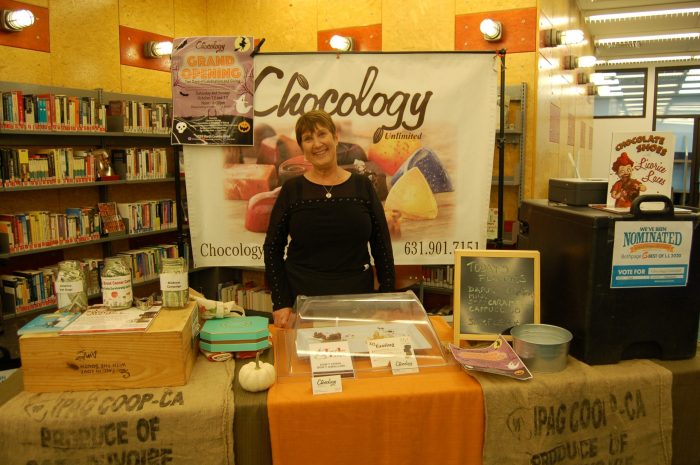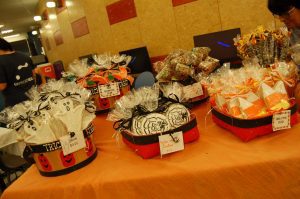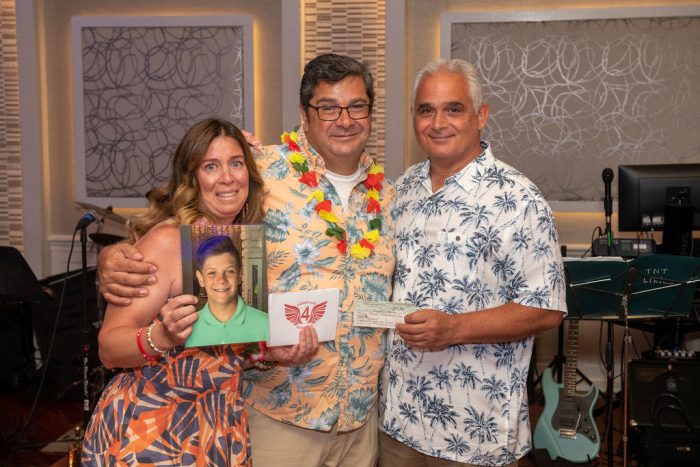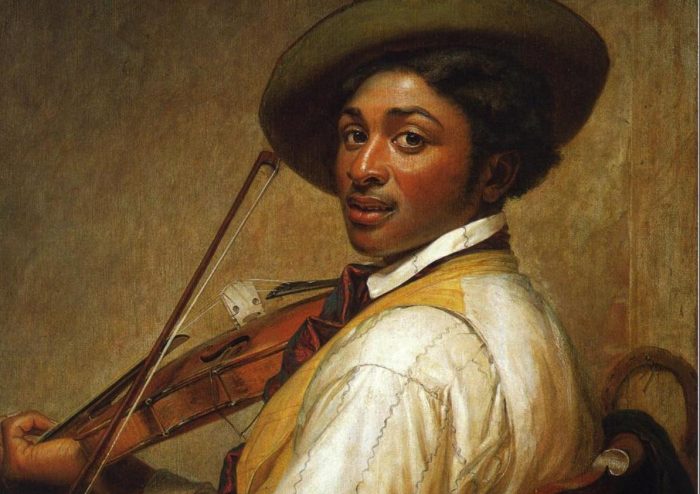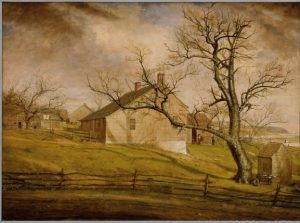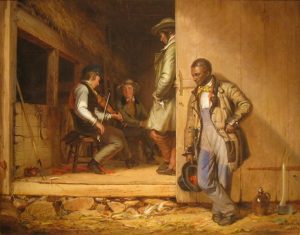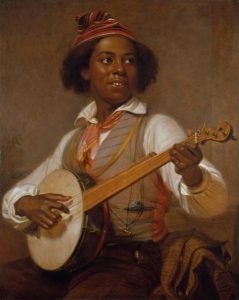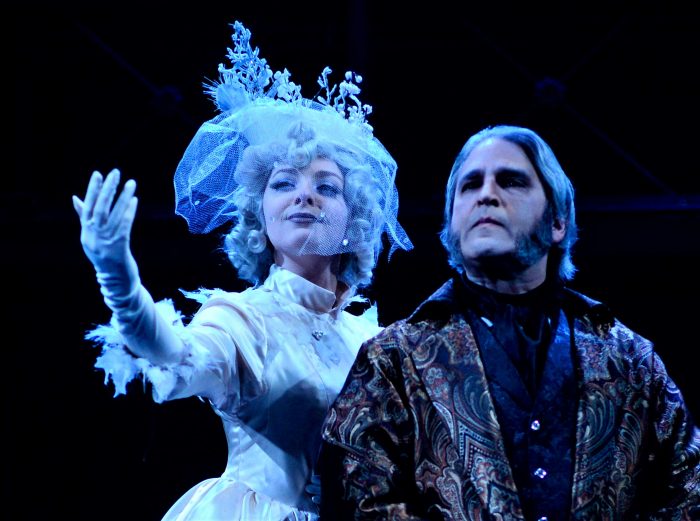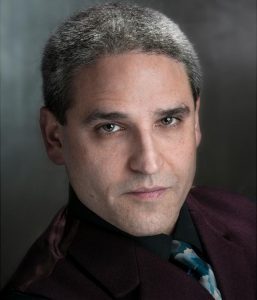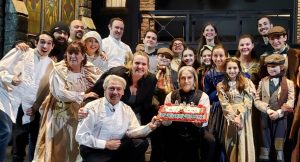By John L. Turner
Once in a while I get a phone call, text or email message along the following lines: “John, could I have seen a canary? Moments ago I saw a bright yellow bird at my bird feeder.”. My response? Something along the lines of: “While there’s always the outside possibility of seeing a canary that’s escaped from its cage, it’s much more likely you’ve just seen an American Goldfinch, one of the more colorful native songbirds native to Long Island, brilliantly wrapped in its garb of lemon yellow marked with black wings, tail, and a cap.”
The black coloration and the white wing bars and undertail coverts complete the colorful and distinctive plumage of this native songbird species, distinguishing its appearance from any exotic canary that has escaped from captivity.
Goldfinch are common on Long Island both in wild places and as a regular visitor to backyard thistle feeders. They are routinely found in open habitats with trees — picture a meadow dotted with widely spaced trees — and are a common nesting bird here. Given their attraction to open habitats they are a species that has probably benefited from clearing and the removal of forests and are likely much more common today than when the country was founded. Underscoring their abundance, they were possible, probable, or confirmed breeders in 94% of the designated blocks in the 2005 statewide Breeding Bird Atlas; the only place they were routinely missed was in the heavily forested areas of the Adirondack Mountains, making them one of the top ten most widespread breeders in the state.
And, as mentioned above, they are a welcome and regular visitor to backyard feeding stations, favoring cylindrical thistle feeders where they often compete with each other to gain a perch upon which to snatch thin black thistle seeds. In the winter they are often joined by their finch cousins: Pine Siskins and Common Redpolls, all of which relish thistle seeds. Watching these three colorful species jostling to secure thistle seeds provides one of the birding delights of this season.
Speaking of thistle, the goldfinch has an intimate relationship with the wildflower and it affects their breeding biology. Goldfinch, unlike almost all other songbirds, eat and feed its young very little animal protein such as caterpillars, moths, or beetles. Rather, they eat and feed their nestlings seeds, of which thistle makes up the bulk (but also seeds from other composites). Given this, unlike other songbirds that breed in spring, they have to wait until middle to late summer to breed, until thistle has bloomed and set seed. At a time when other birds have either finished breeding or are well into raising their second brood, goldfinch are just beginning their family-raising chores — it’s not at all unusual to see breeding in late July through August, even into early September.
Thistle also plays an important role in nest building as goldfinch routinely use thistle down for lining the inner cup of their nest. This material helps the bird to make a tightly constructed nest, so well constructed it can hold water. The abandoned nests are sometimes used as wintering and food storage sites for mice and chipmunks, making snug homes and pantries.
The most telltale sign of breeding is the male goldfinch’s nuptial flight. With the female watching from below, the male flies in a wide circle a hundred or feet above the ground in a classic undulating or roller coaster-like pattern, all the while singing which contains a phrase that has been likened to “potato chip, potato chip”! We heard a male goldfinch “potato chipping” regularly over our backyard patio while eating dinner outside on several late August nights, suggesting our yard was within breeding territory. I looked for a nest among the yard’s shrubbery but, alas, turned up empty. Henry David Thoreau observed the goldfinch’s nuptial display and characterized the bounding flight as if the bird was “skimming over unseen billows.” I, too, came up empty in feeling any buoyant billows but enjoyed the repeated phrases of “potato chip” as I ate potato salad.
While the “potato chip” sequence may be the bird’s most familiar vocalization, they have other songs and calls. Their typical song is a delight — varied notes of different intensity and tone, given rapidly, imparting a happy quality to the song. They also have a call that has a distinctive “wheezy” quality, quite similar in sound to other finches.
After the breeding season, the American Goldfinch experiences a full body molt replacing the colorful breeding plumage with a duller but still attractive feather coat of subdued colors. This is the goldfinch that visits your yard feeders during the colder months. With the arrival of Spring the male molts again, this time a partial molt involving only its body feather (but not its wings and tail) and the “canary yellow” plumage has returned.
Two other goldfinch species — Lesser and Lawrence’s — occur in North America. These are both western species and rarely if ever turn up here. So if you vacation in the West be on the lookout for these cousins of the American Goldfinch, and of course you might see American Goldfinch too, as their breeding distribution encompasses all of the lower 48 states. And if you see the American Goldfinch in Washington you will have seen its official state bird (it is also the state bird of Iowa and New Jersey).
Much folklore and indigenous American stories surround the goldfinch. Writing about indigenous people stories, one animal folklorist notes: “In one Iroquois legend, goldfinches were originally a drab black or grey color. Dissatisfied with their plumage, these finches only earned their gold coloration through an act of selfless kindness. As the story goes, a fox took a nap beneath a pine tree. As he did this, the sap dropped into his eyes and sealed them shut. He begged for help and the drab grey finches agreed to help him. They worked in shifts pecking at the sap until the fox could open his eyes again. The fox offered them a reward of their choice for their help. When they asked him for brighter colors, the fox pressed yellow flowers into paint and painted the finches with his tail as a brush. The finches were so pleased with their new plumage that they began to flutter, dance, and sing. This is the reason that finches still flutter while they fly and sing such cheerful songs!”
Given their bright and sunny colors, bubbly songs, and gregarious nature, goldfinches have long been symbols of good luck and to see one, or better yet, to watch a flock, was a good omen meaning good fortune. I think my spouse, Georgia, I and our three dogs Esmy, Henry, and Daisy are in line for much good fortune because during a recent walk we had a flock of twenty-four goldfinches perched in a copse of shrubs at Forsythe Meadow County Park in Stony Brook. For Georgia and me, though, the good fortune was watching and listening to this cheery flock of lemon-yellow sprites of sunshine, singing away for minutes on end. For the dogs, their fortune came when they each received a barbecue-flavored dog cookie at the end of the walk.
I hope you also see goldfinch during your late summer rambles or later in the year at your bird feeders — and are imbued too with good fortune, not the least of which is just the opportunity to watch these most colorful and cheery of birds.
A resident of Setauket, John Turner is conservation chair of the Four Harbors Audubon Society, author of “Exploring the Other Island: A Seasonal Nature Guide to Long Island” and president of Alula Birding & Natural History Tours.





